Blog | Ecotourism Chiapas
Ecotourism Chiapas
Shining green
The green jewel of Mexico, Chiapas is located in the southeast of the country. One of the most culturally and ecologically diverse states, Chiapas gathers seven different ecosystems and is the second region with the most indigenous ethnicities. Its privileged geography makes it one of the ideal places to discover and get to know it ecologically.
Among forests, jungles, mangroves, mountains, rivers and waterfalls, the natural wonders of Chiapas will conquer the heart of anyone who visits it. Travel in a sustainable way and with the least ecological impact possible, to preserve and promote a deep understanding of nature.
La Encrucijada Biosphere Reserve
Almost 145 thousand hectares this surreal landscape has mangroves of 35 meters high that form channels of natural beauty inhabited by crocodiles, caimans and the last places that are considered as a jaguar sanctuary. It has a wealth of wildlife. Here you will find the Mangrove Route that begins in Tapachula, then starts in La Encrucijada and goes to the pier of Las Garzas. One of the most spectacular and beautiful places in all of Mexico.
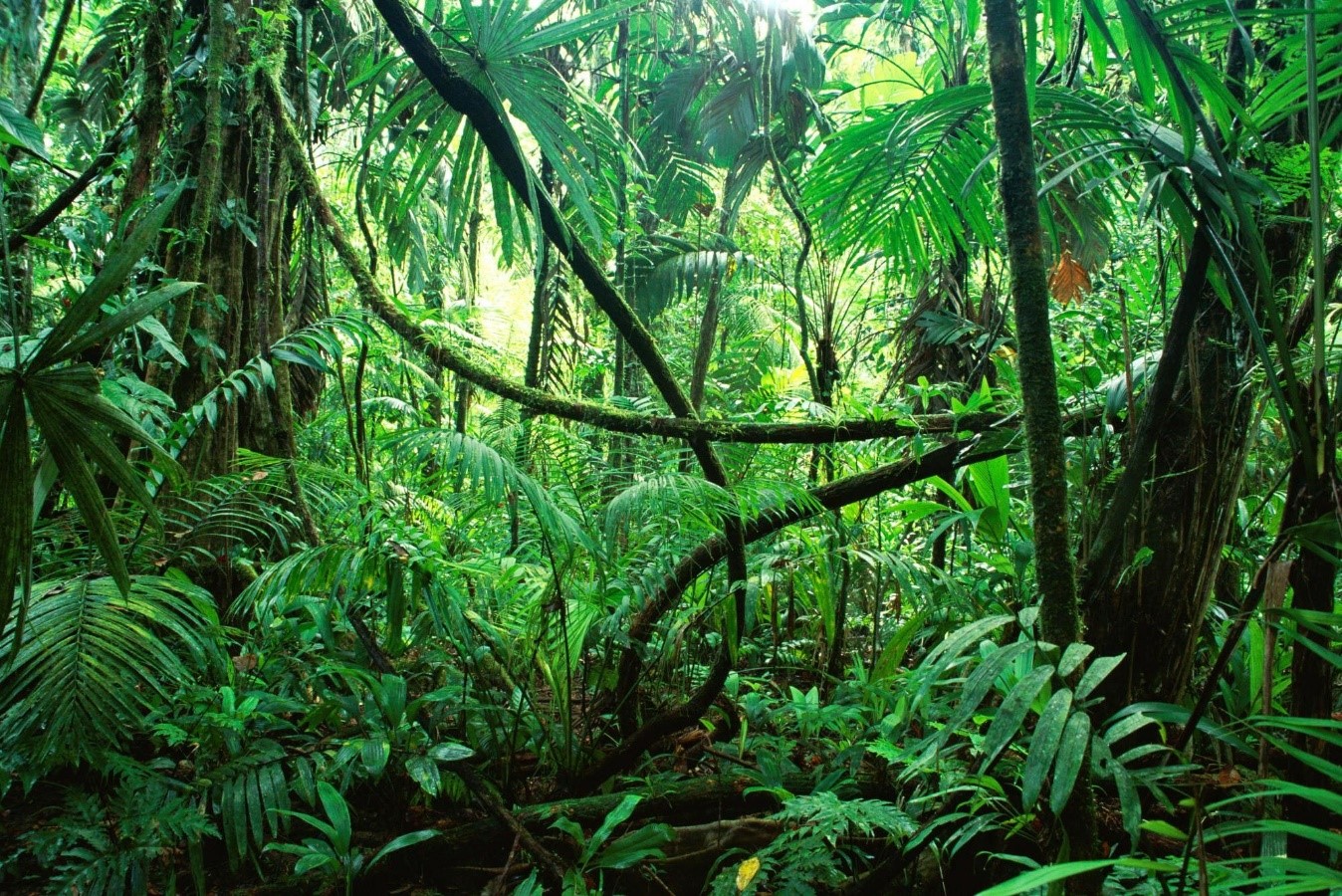
El Ocote Reserve
This reserve has a wealth of registered wildlife: 334 species of birds, 97 species of mammals, 68 types of amphibians and reptiles, of which animals in danger of extinction can still be found. It is considered one of the most important forest areas in Latin America and is part of the hydrological basin of the Grijalva River.
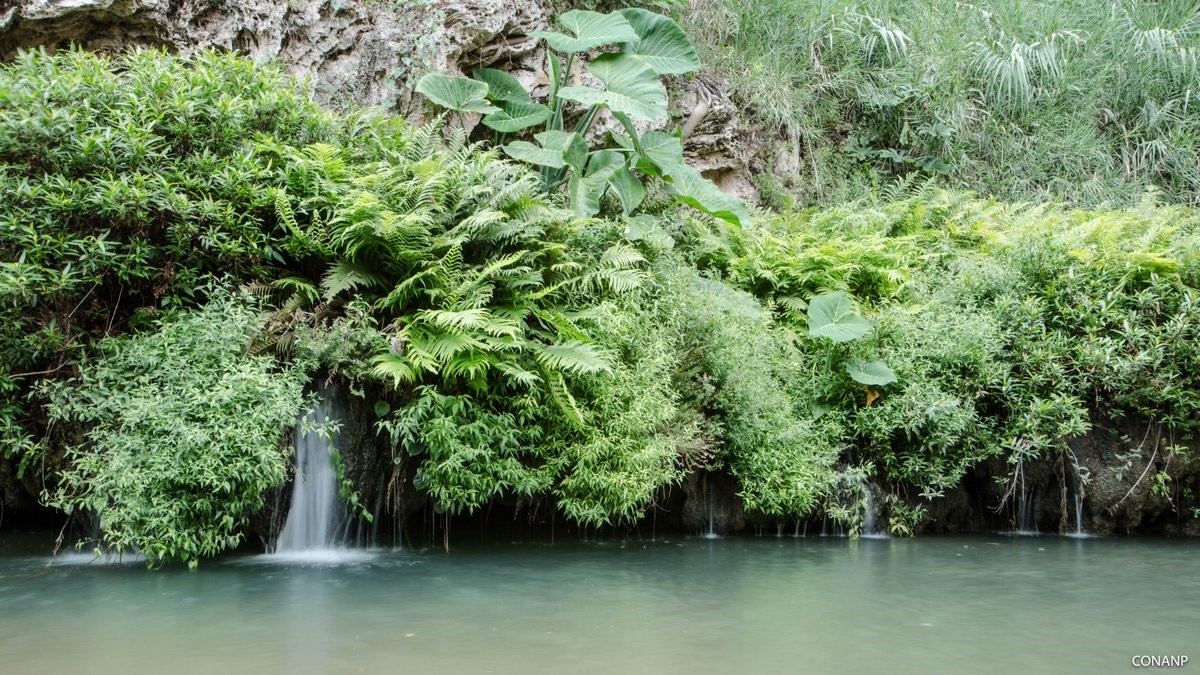
La Venta River Canyon
Belonging to the Ocote Reserve, this canyon is also known as "El Sagrado" (The Sacred), since cave and pre-Hispanic paintings have been found on its walls. This geological fracture has immense vertical walls that reach 400 meters high, caverns, rapids and waterfalls and extends for 80 kilometers. A sanctuary for those looking for extreme activities and adventure.
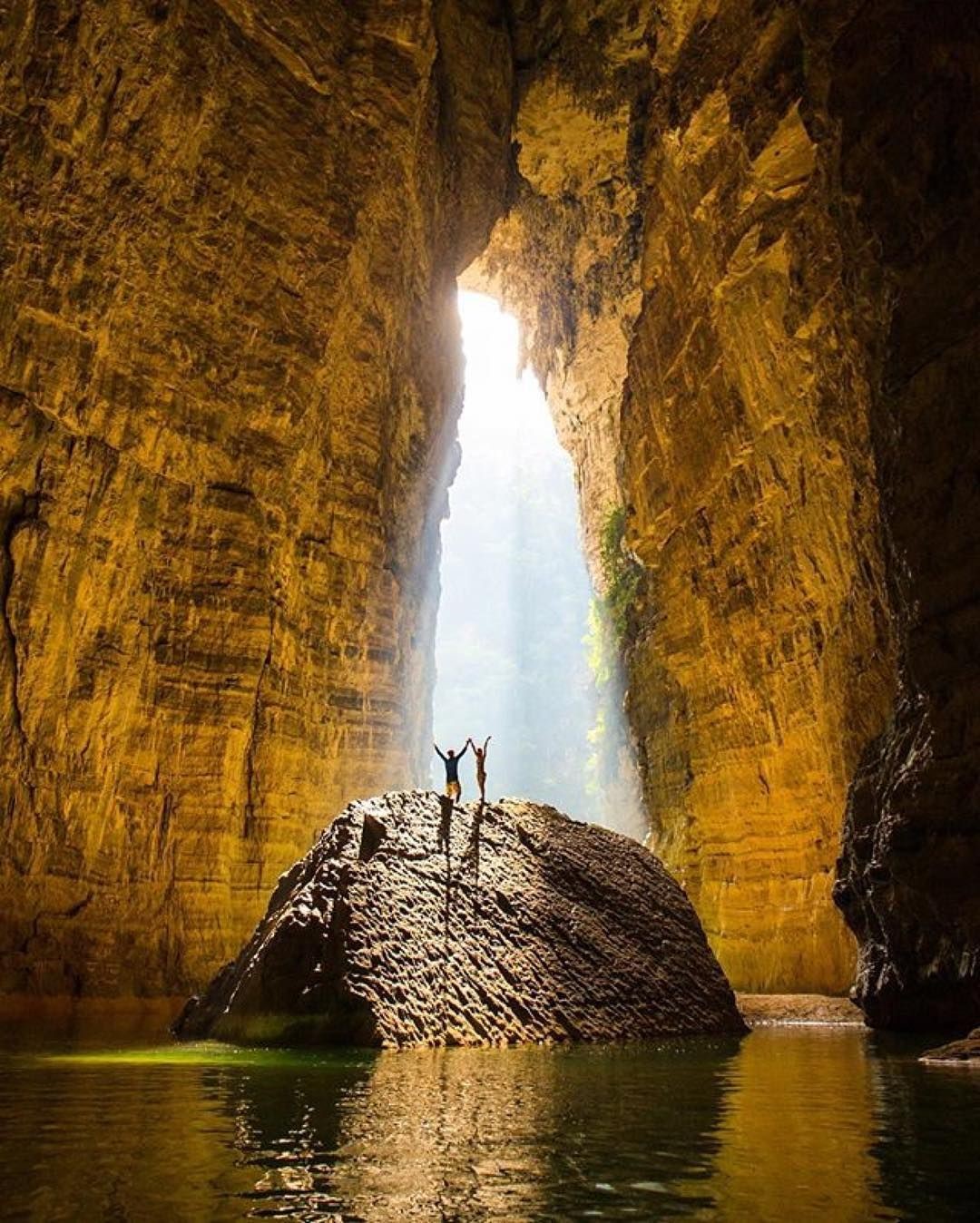
Boca del Cielo
A beautiful beach little visited by tourists and inhabited almost exclusively by a fishing community. Here you can find one of the largest turtle sanctuaries in Chiapas.

El Triunfo Reserve
It has an area of 119,000 hectares and is considered one of the most biodiverse reserves in North America. Its different ecosystems, soil and subsoil groups, climate. It also has a great diversity of flora and fauna that is very impressive because it is all in the same area.
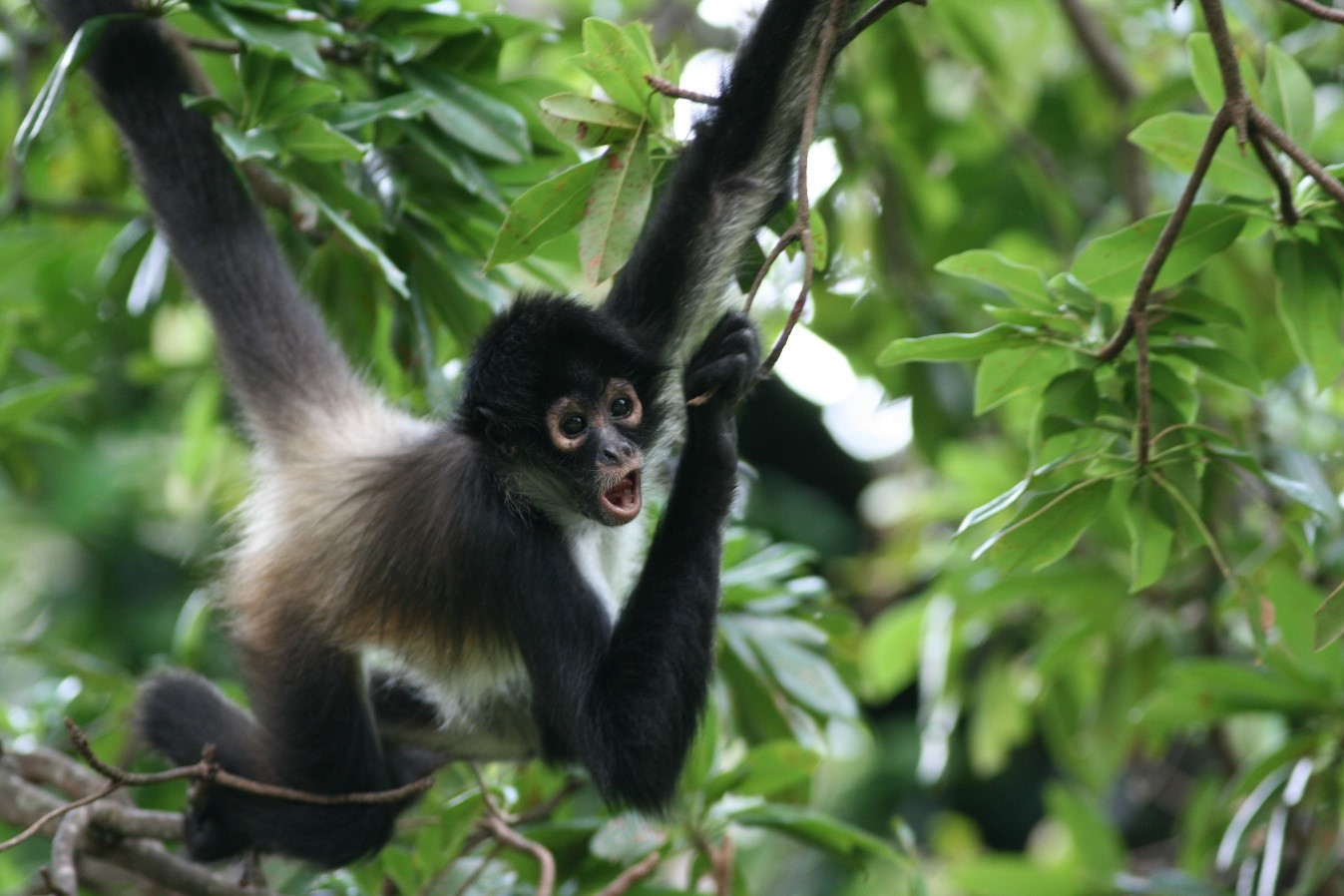
Lacantún Biosphere Reserve
Another ecological reserve that Chiapas boasts, the Lacantun Reserve is accessible only by the Usumacinta River, dirt roads or by light aircraft and is better known as the Lacandon Jungle. This region has the highest biological diversity in all of Mexico and because it is a protected area, the high jungle within the reserve is almost untouched.
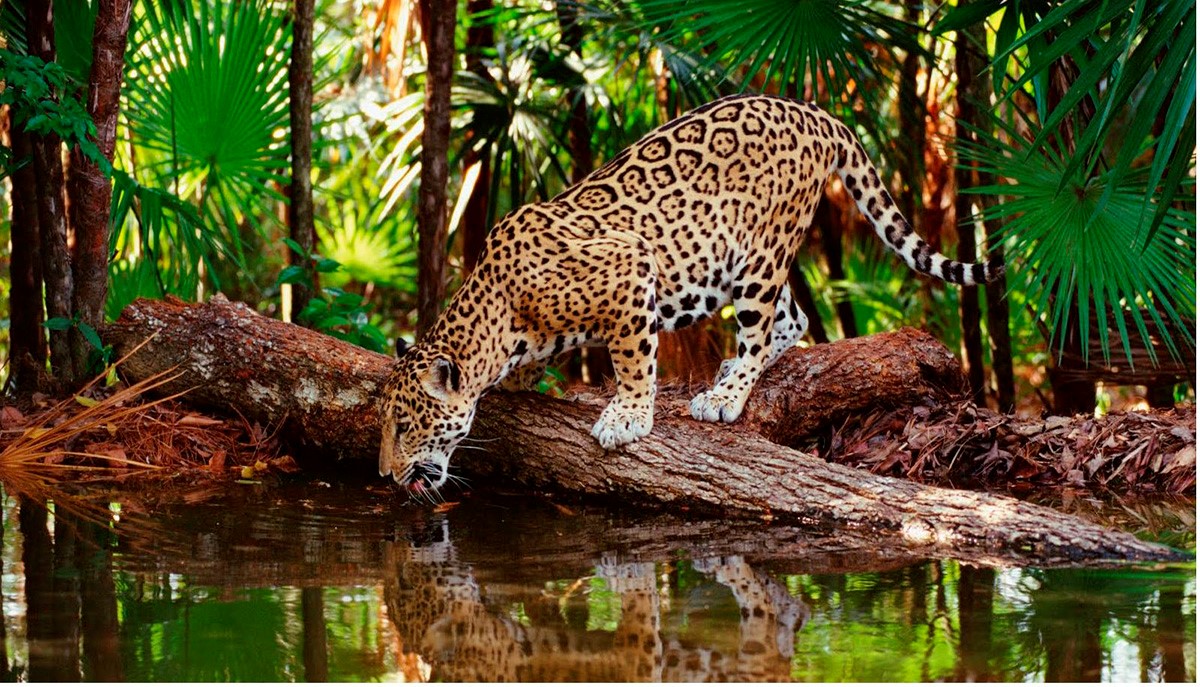
Sima de las Cotorras
A natural hole 160 meters in diameter and 140 meters high forms a cave that houses hundreds of green parrots. It is possible to practice climbing, rappel and hiking. Inside you can see cave paintings. A wonder of nature and an experience not to be missed.
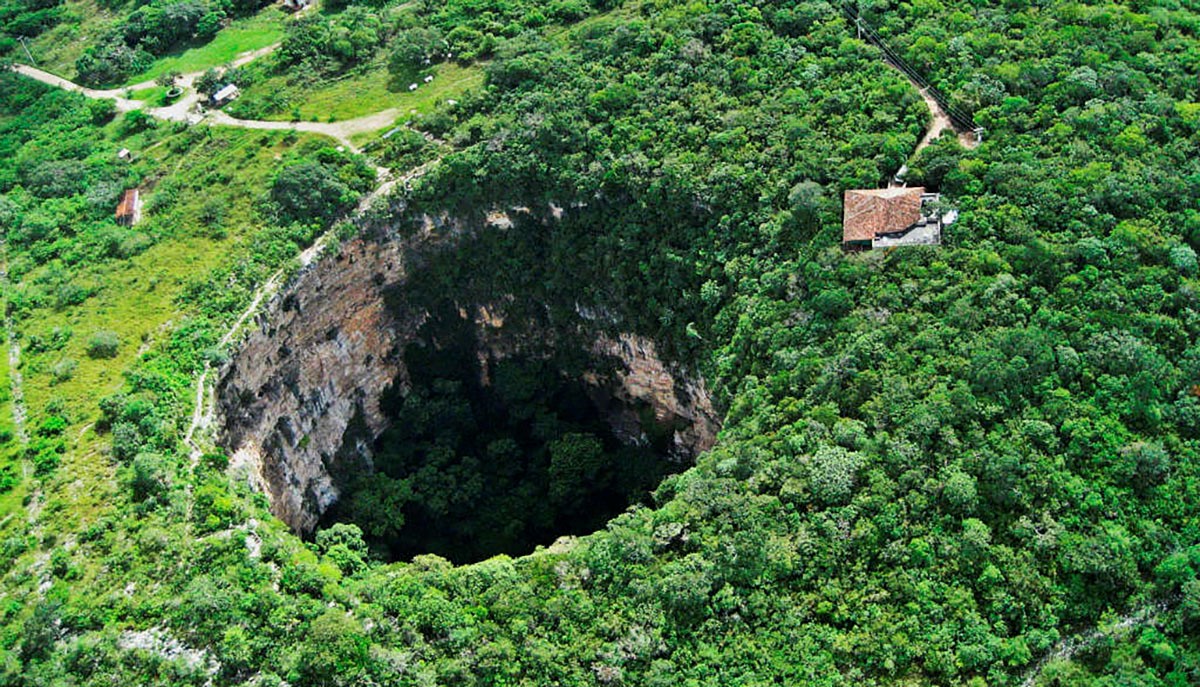
Sumidero Canyon
With several starting points, you can embark on a boat ride on the Grijalva River, which meanders between the monumental walls that reach more than a thousand meters high. A truly imposing scene, 15 million years ago water erosion formed the canyon, and today it continues to leave visitors with their mouths open. Various microclimates are created due to the gradients of heat and light on the walls and the runoffs that give rise to vegetation and fauna at different heights. On the less illuminated slopes there are ocotes and ceibas where the spider monkey takes refuge from the crocodiles that prowl the riverbanks. In the heights of the canyon there are pines and oaks, as well as a great variety of birds.
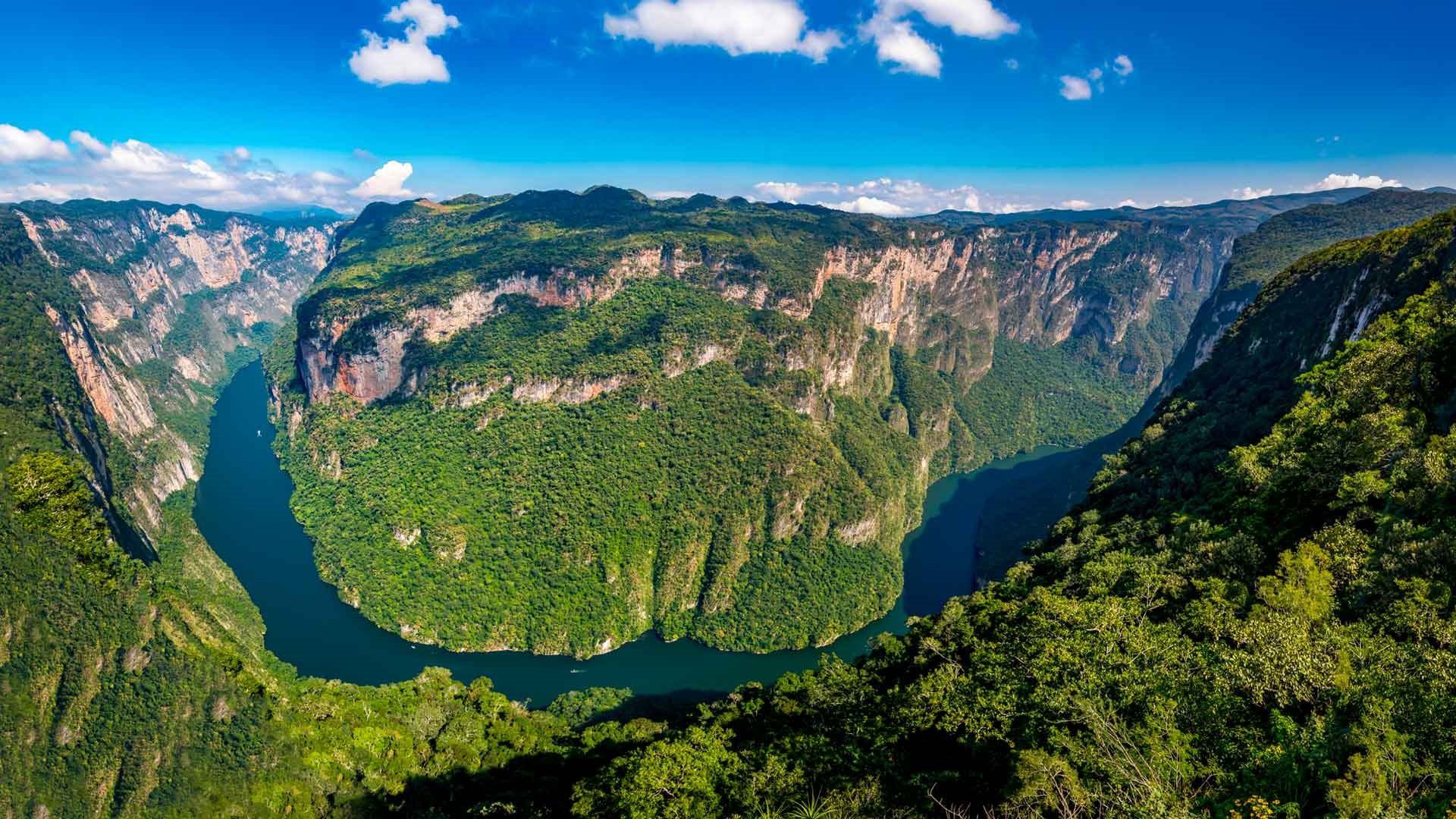
Chiapa del Corzo
This historic and magical town located at the opening of the Grijalva River is a jewel of Chiapas. It was the first colonial settlement and the ancient capital of the region. With its distinctive Renaissance buildings, plazas, and monuments, this place cannot be missed.
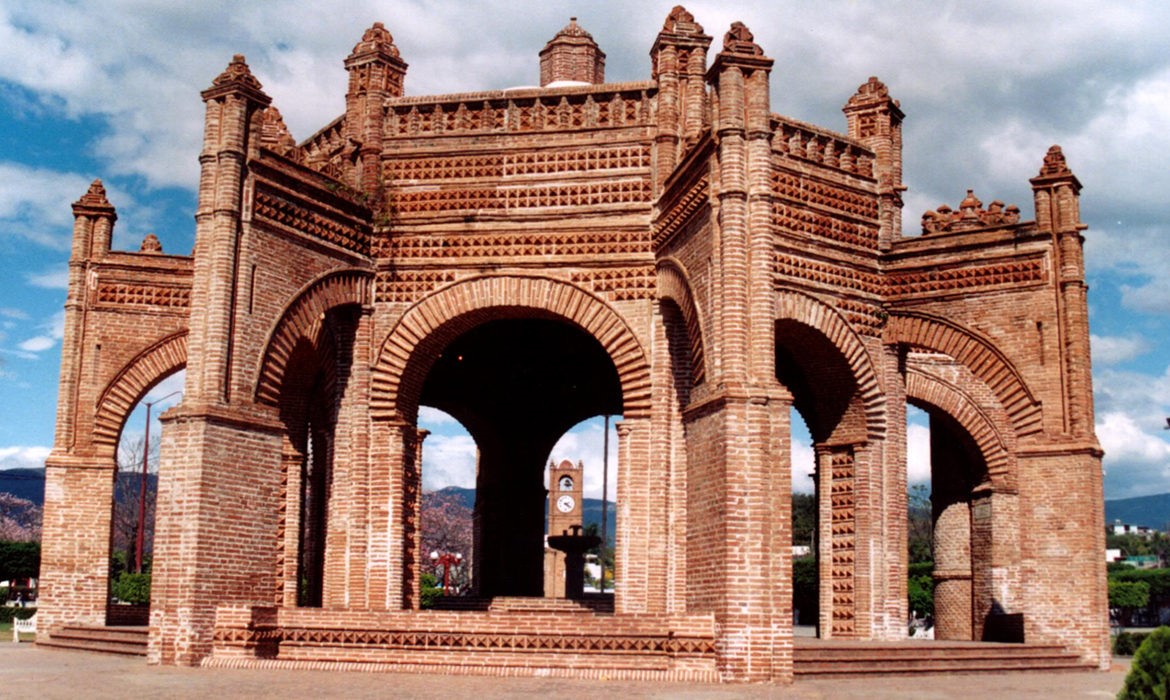
San Cristobal de las Casas
This magical town and the intercultural center of the state, San Cristobal de las Casas is perched on the hill. Every street, every alley ends with a view of the Chiapas highlands. The fog envelops it gently contributing to its mysticism and bohemian atmosphere. Around it, the Tzotzil and Tzeltales communities unfold, who work the clay, make the distinguished and intricate cotton and wool textiles, and grow flowers that are displayed in the numerous and colorful markets. The baroque and neoclassical buildings are great architectural examples of a colonial boom. Pastel-colored walls, tile roofs and cobblestone streets that rise and fall characterize San Cristobal as a UNESCO World Heritage Site. An amalgam of cultures still converge in this center, making it truly unique.
You can also visit the indigenous town of San Juan Chamula, a mystical place full of pre-Hispanic traditions and history inhabited exclusively by the Tzotziles.
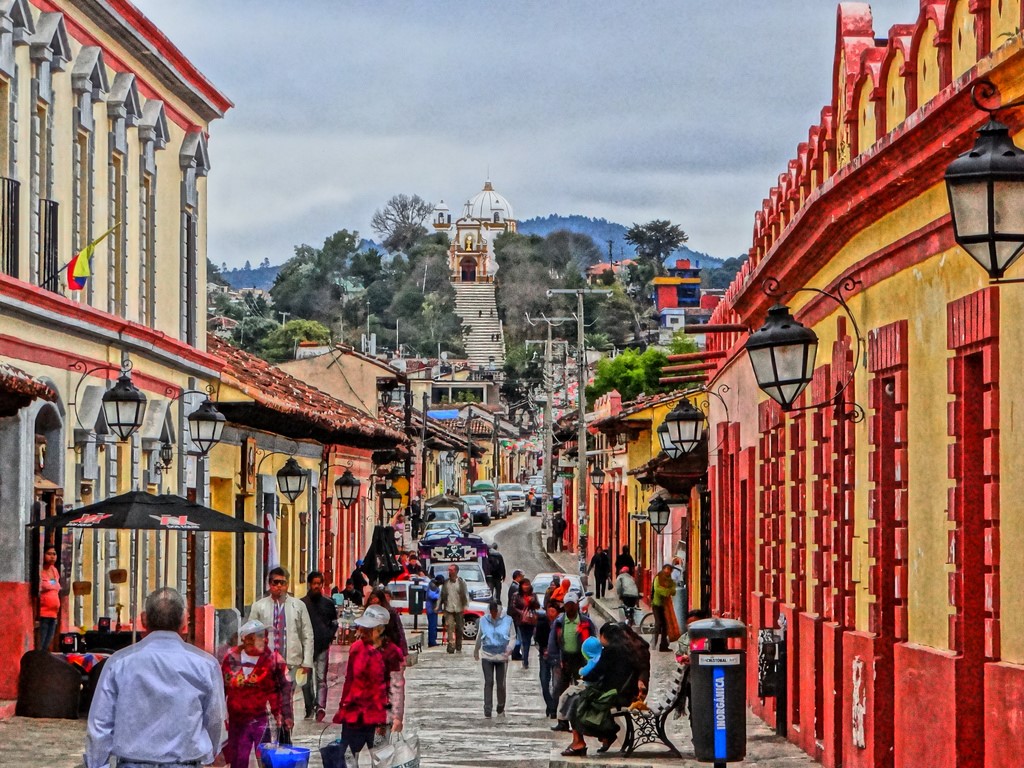
Montebello Lagoons
This national park is one of the most impressive natural sites in the country. It is composed of ancient cenotes joined by corrosion and landslides, known as úvalas, which have formed 59 lakes. Its intense turquoise blue color contrasts with the greenness of the dense forests of pines and oaks. A visit to San Rafael, a natural 40-meter high arch over a sinkhole, is a must.
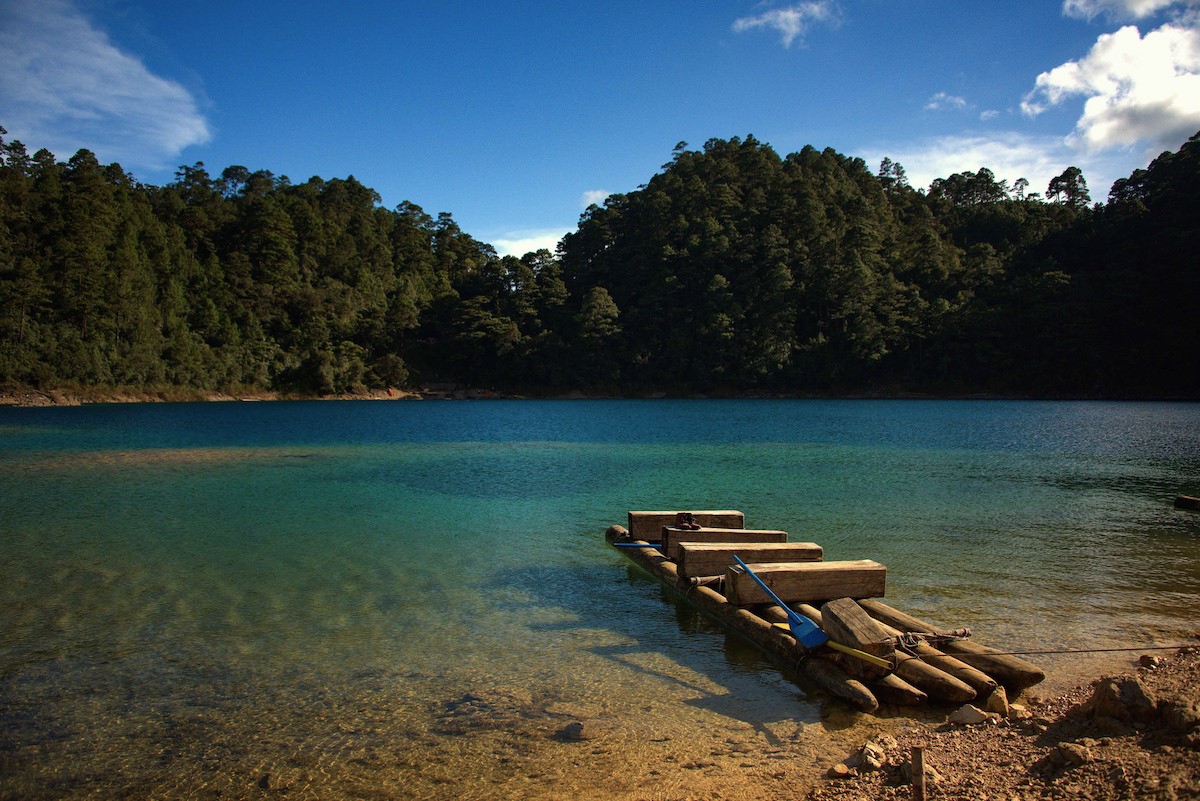
El Chiflón Waterfalls
This majestic chain of waterfalls is formed by the currents of the San Vicente River, among them are El Suspiro, Velo de Novia and Ala de Angel, some of them reaching a height of more than 120 meters. The water of the waterfalls forms natural pools of an intense blue color, surrounded by palm groves and reed beds.
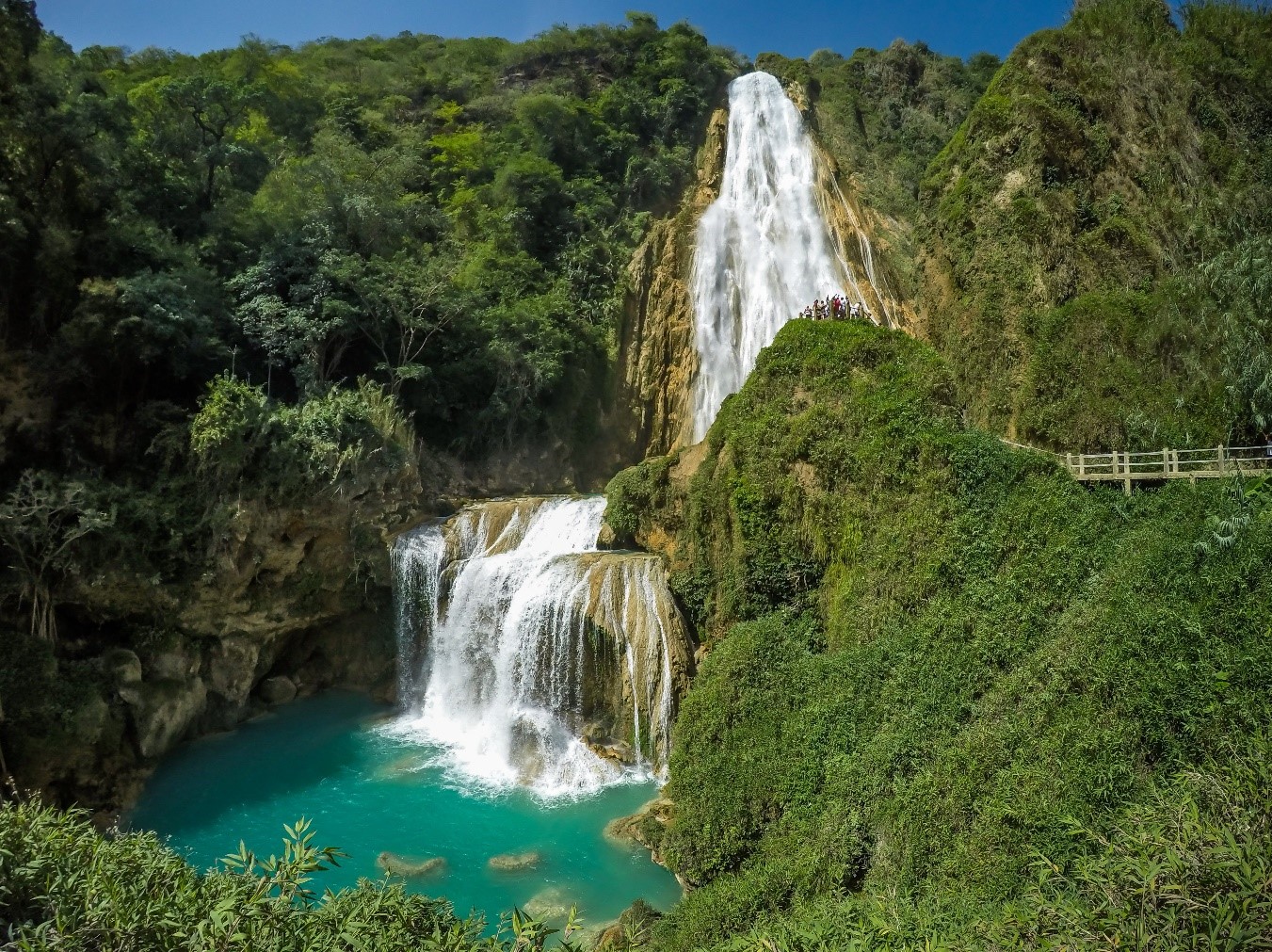
Comitan de Dominguez
Another magical town of Chiapas, with a lot of history and colonial architecture that preserves its pre-Hispanic roots. Mayan vestiges, colonial churches surrounded by lakes and waterfalls, a truly spectacular place worth visiting.
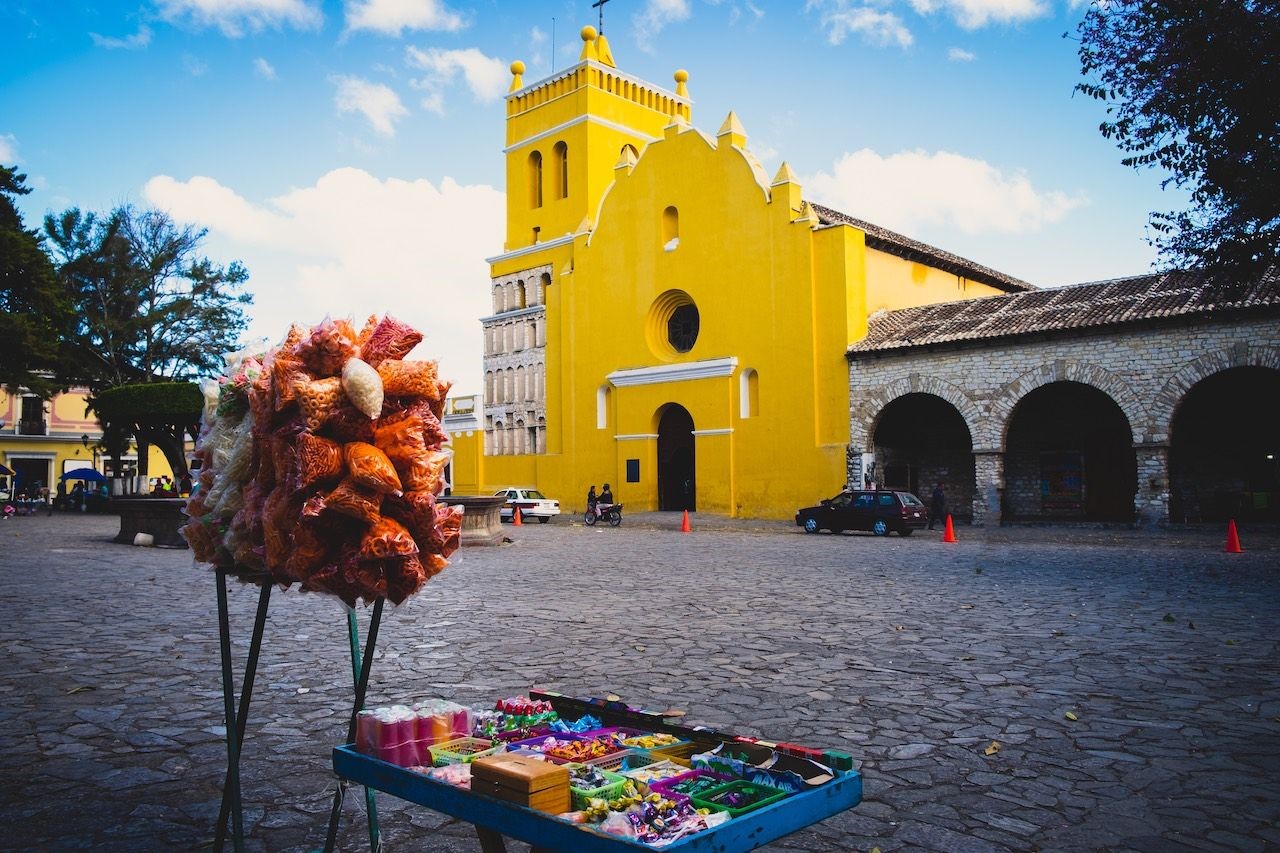
Palenque
One of the most important Mayan archaeological sites, Palenque is located in the heart of the jungle. It is composed of important buildings still preserved such as the Palace, the Temple of the Sun, the Temple of the Foliated Cross, the Temple of the Inscriptions and the Plaza of the Sun. Here you will have the opportunity to stay inside the tropical forest that surrounds the ruins. The imposing calls of howler monkeys, the songs of over a hundred different species of birds, and the sounds of the abundant wildlife in this area create a symphony of nature.
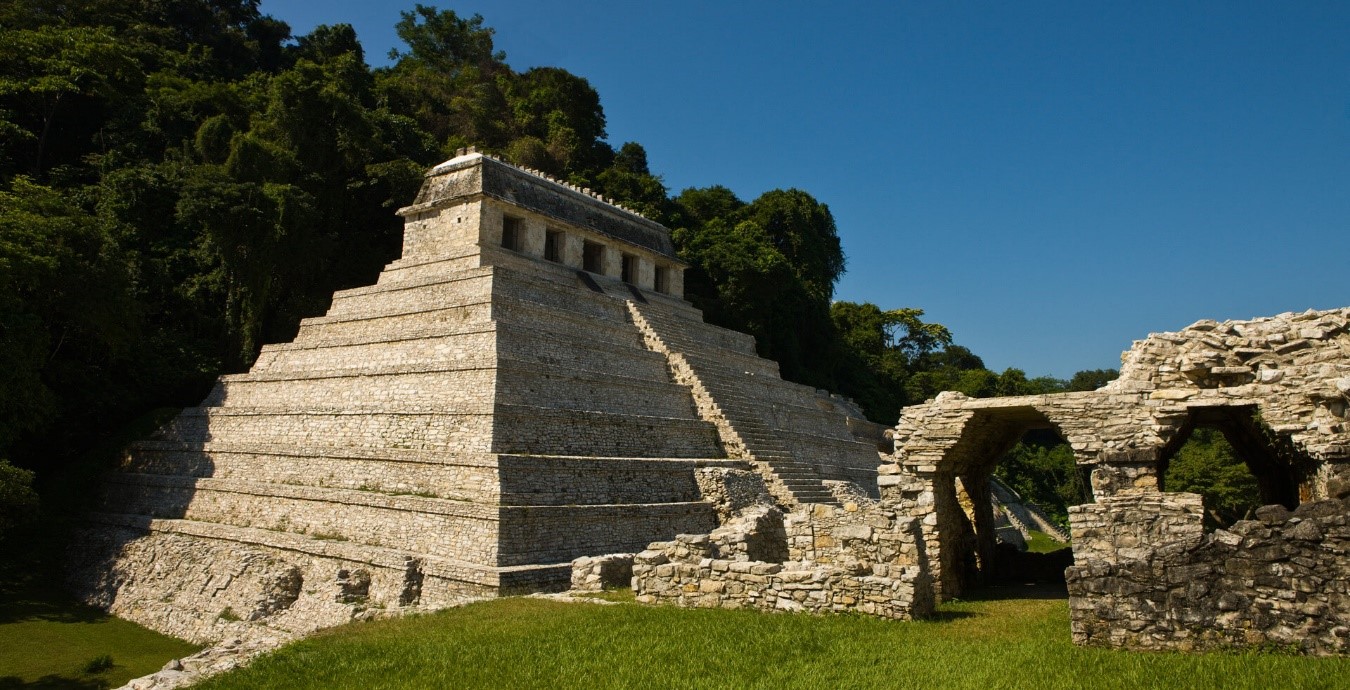
Agua Azul and Agua Clara Waterfalls
Mesmerizing and imposing, this set of rapids and backwaters descend in steps forming natural pools contained by dams. These curtains of water are of a turquoise color that is intensified by the contrast of the exuberant jungle that surrounds them. Just 10 kilometers from Agua Azul is this little corner of the Shumuljá River, where rapids and areas of strong currents unfold, as well as areas of calm and clear waters.
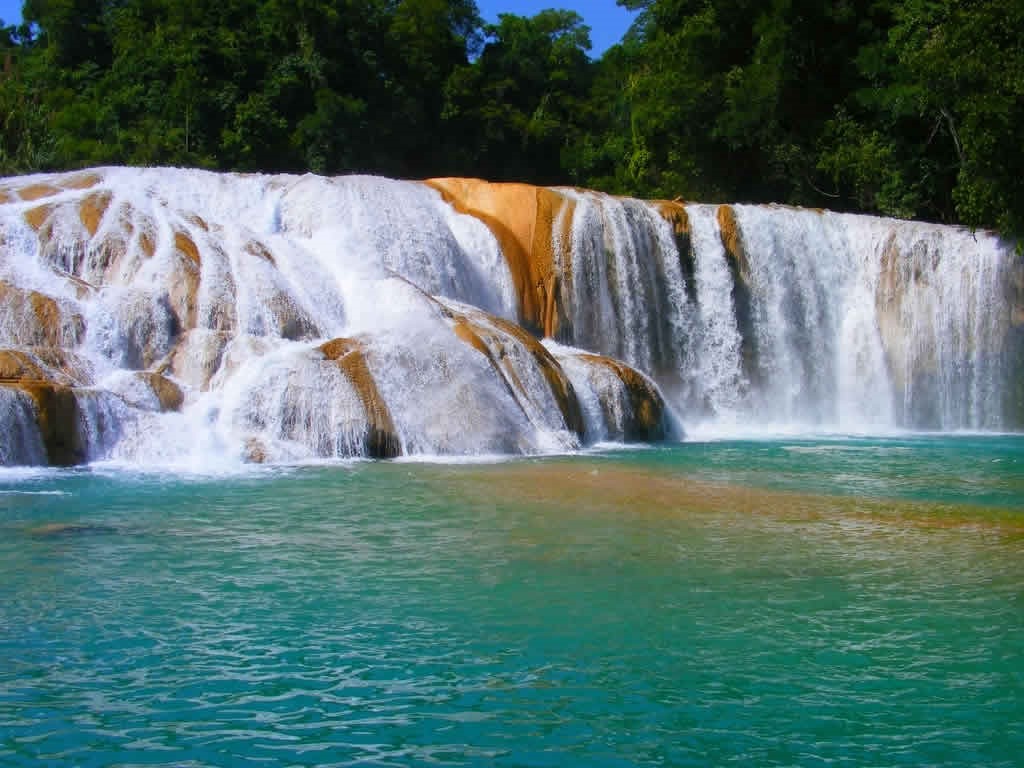
Misol-Ha
This waterfall falls from a rock wall at a height of 30 meters, which makes its fall very impressive. The water is dammed in a well ideal for cooling off from the heat.
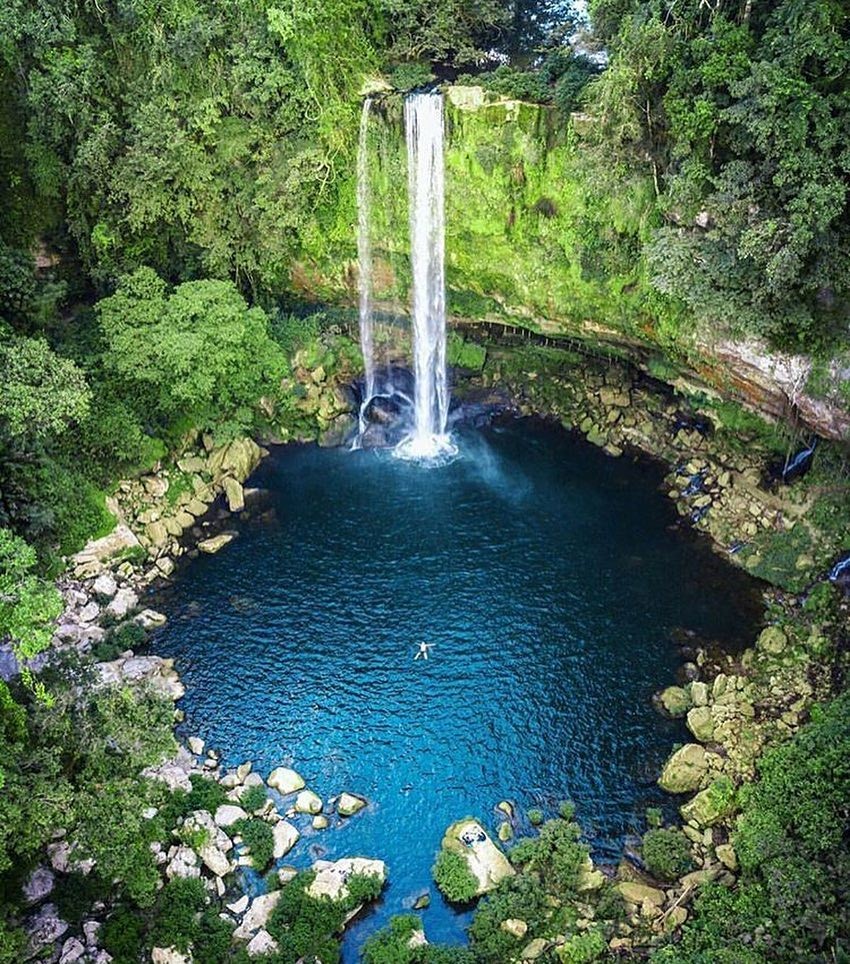
Bonampak
Its name means "painted walls" in the Mayan language and is located deep in the Lacandon Jungle. The murals, which are still preserved almost impeccable, detail in images the life and history of a great battle and its victory.
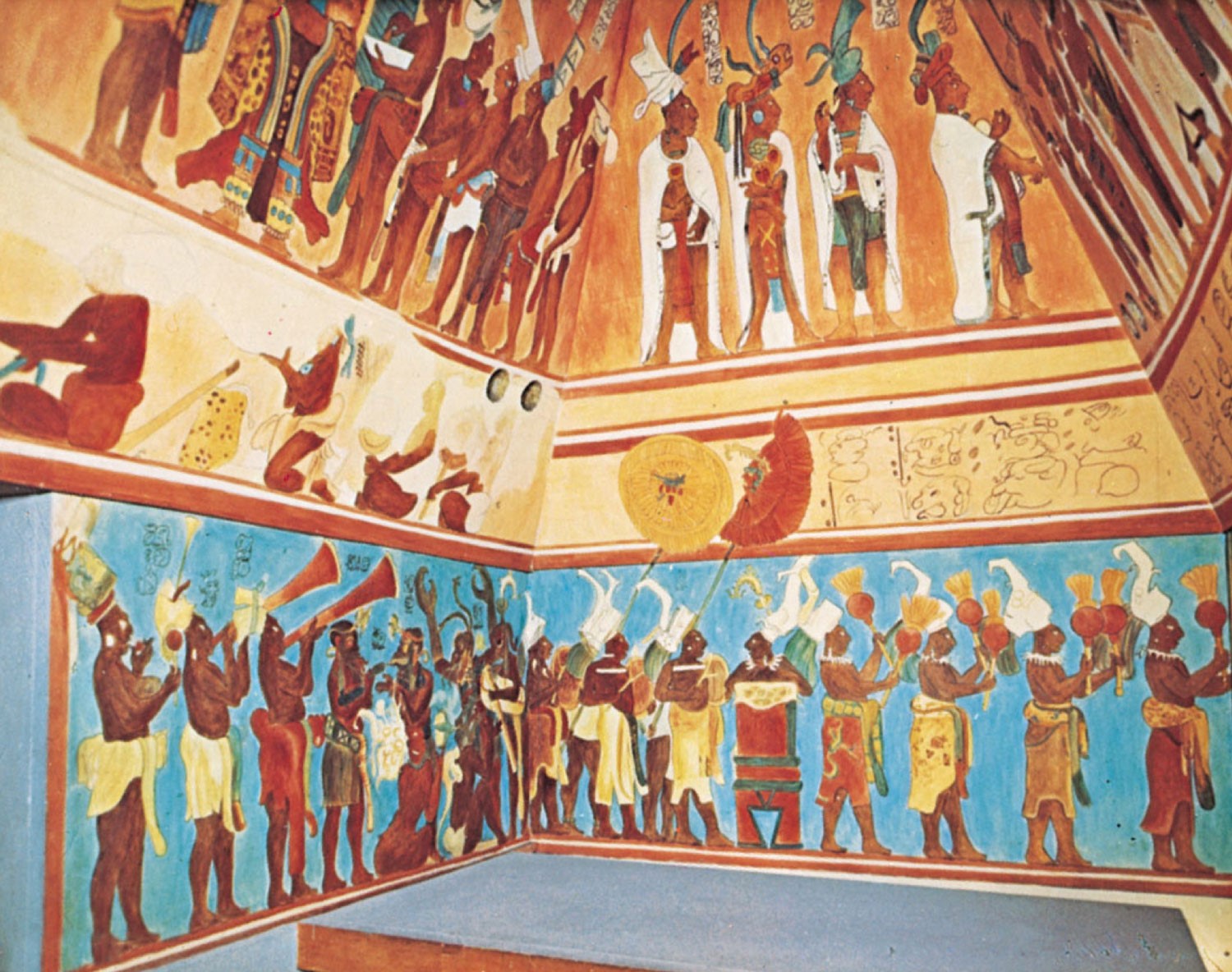
Toniná
Definitely one of the great underrated archaeological sites in Mexico. Located 10 kilometers from the valley of Ocosingo in northeastern Chiapas, is the highest pyramid in the country. A site of late discovery since it is wrapped by the vegetation and the jungle that surrounds it, many data are still unknown, but it is known that it is one of the largest Mayan cities. Be amazed by the majesty and grandeur of this ancient civilization.
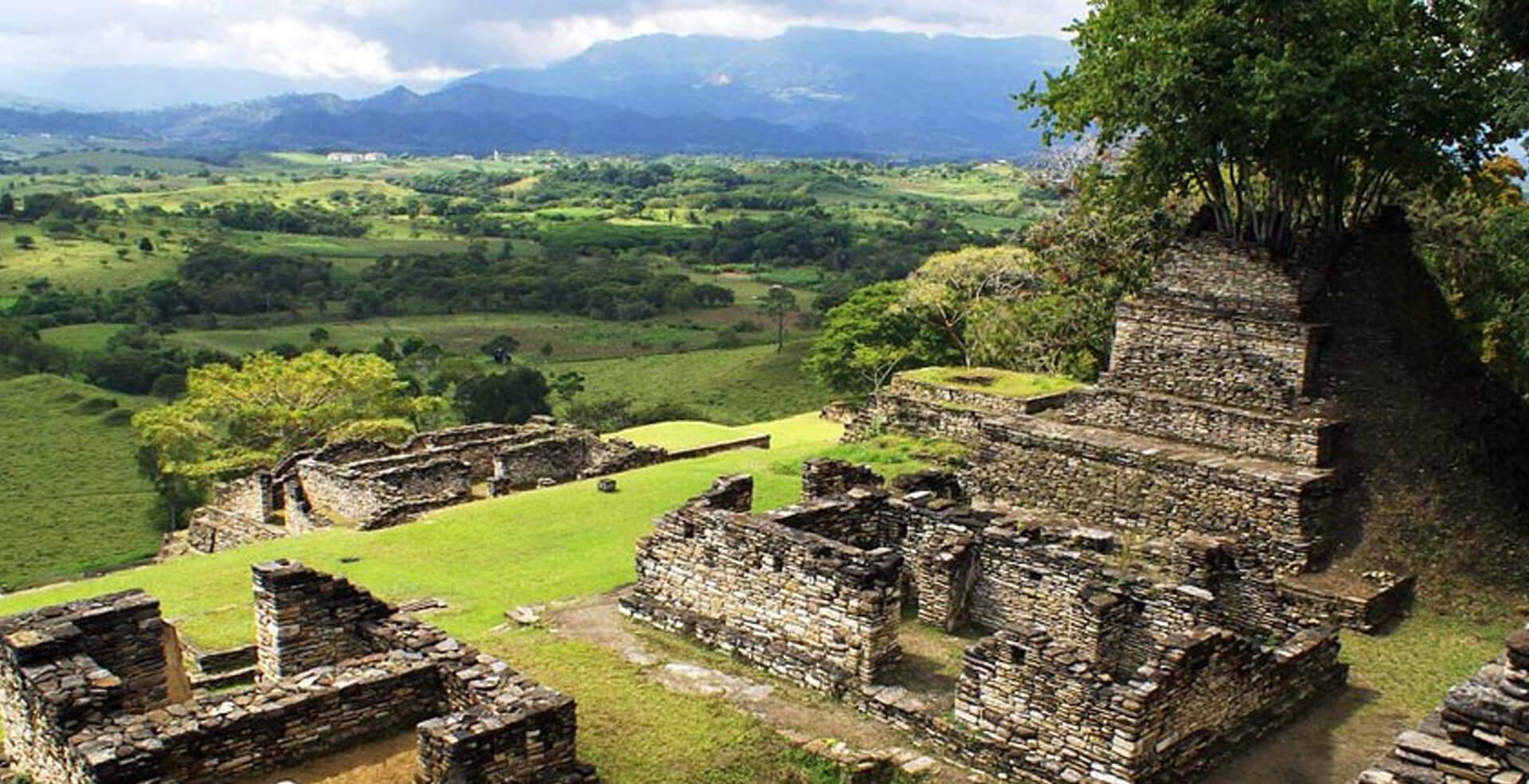
** Other archaeological sites that we recommend to visit in Chiapas are: Tenam Puente and Oxkintok.
You have to live the best moments...!